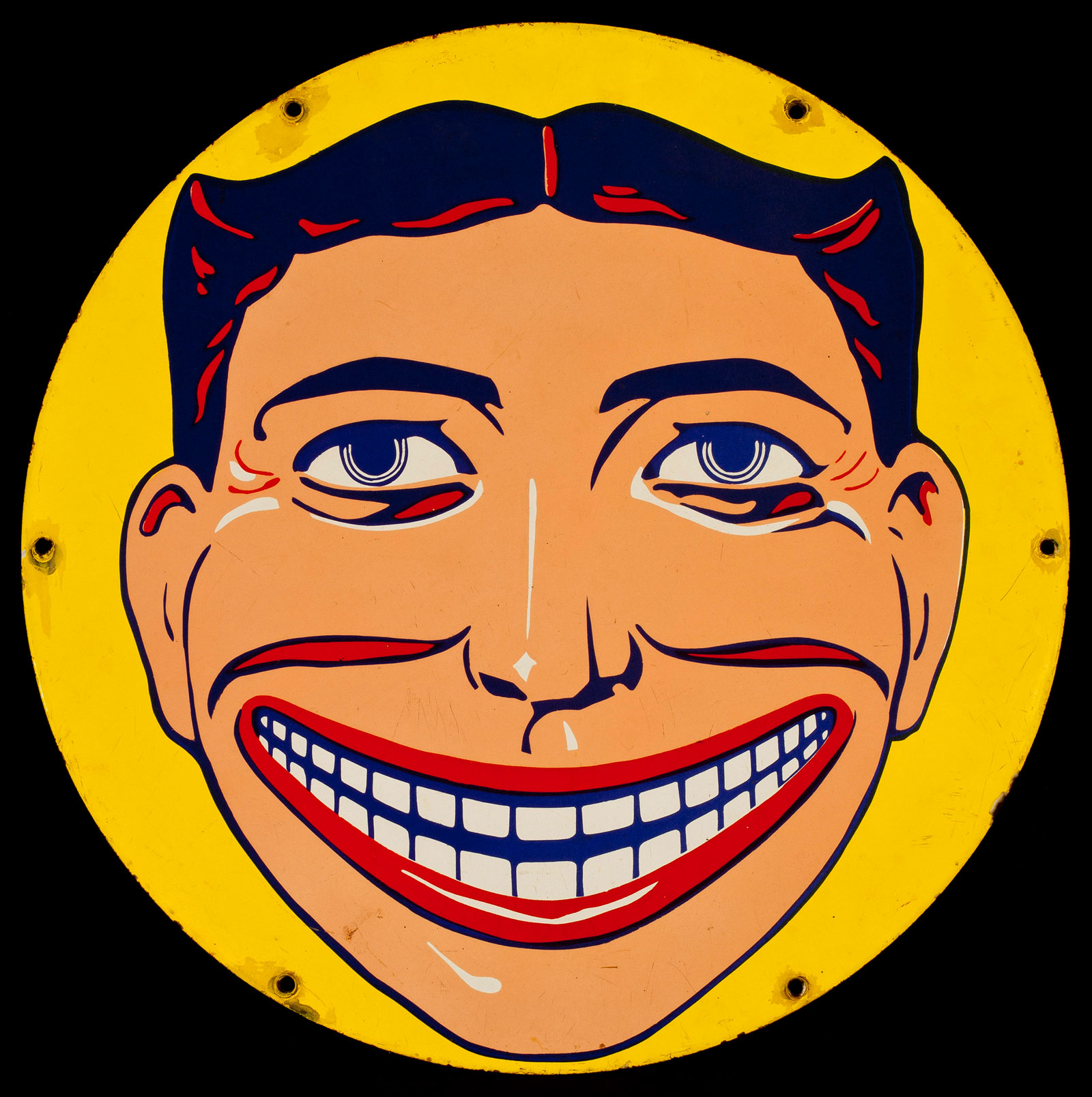“The only thing about America that interests me is Coney Island,” Sigmund Freud is supposed to have said—and the itinerary of Freud’s 1909 trip to America did include a visit to Dreamland, then the newest of Coney Island’s original three amusement parks.
Perhaps for Freud, Coney Island was America—a realm where fantasy was made material and the pleasure principle ruled. So it is with the bountiful exhibition “Coney Island: Visions of an American Dreamland, 1861-2008,” at the Brooklyn Museum through March 13. Only tangentially concerned with the evolution of this stubby peninsula off Brooklyn’s south shore from unspoiled beach to exclusive resort to a raunchy playground for New York City’s multitudes to a stubborn remnant of past glory, the exhibition gives us less the historical Coney Island than a place where artists might ponder the spectacle of democracy at play. Its subject is the mental construct “Coney Island”—an illusion filtered through such earthy sensibilities as the tabloid photographer Weegee, the American scene painter Reginald Marsh, or the anonymous artisans who created the banners and signage for Coney’s attractions.
As befits a dreamland, the exhibit—curated by Robin Jaffee Frank, who also wrote much of the show’s excellent, richly illustrated catalogue—is a mix of artifacts and artworks and a trove of suggestive juxtapositions. One passes from a gallery devoted to late-nineteenth-century paintings of Coney Island’s pristine dunes and barely developed beaches to a raucous head-on roller-coaster ride from the 1935 Hollywood movie The Gilded Lily.





